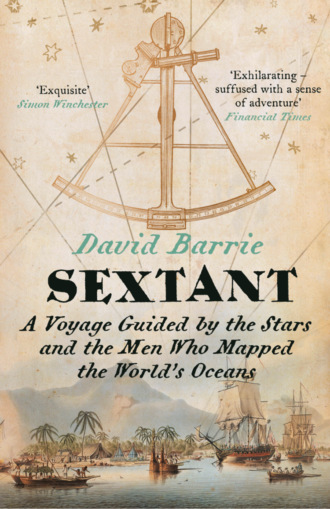Sextant: A Voyage Guided by the Stars and the Men Who Mapped the World’s Oceans

Полная версия
Sextant: A Voyage Guided by the Stars and the Men Who Mapped the World’s Oceans
Настройки чтения
Размер шрифта
Высота строк
Поля
Конец ознакомительного фрагмента
Купить и скачать всю книгу

